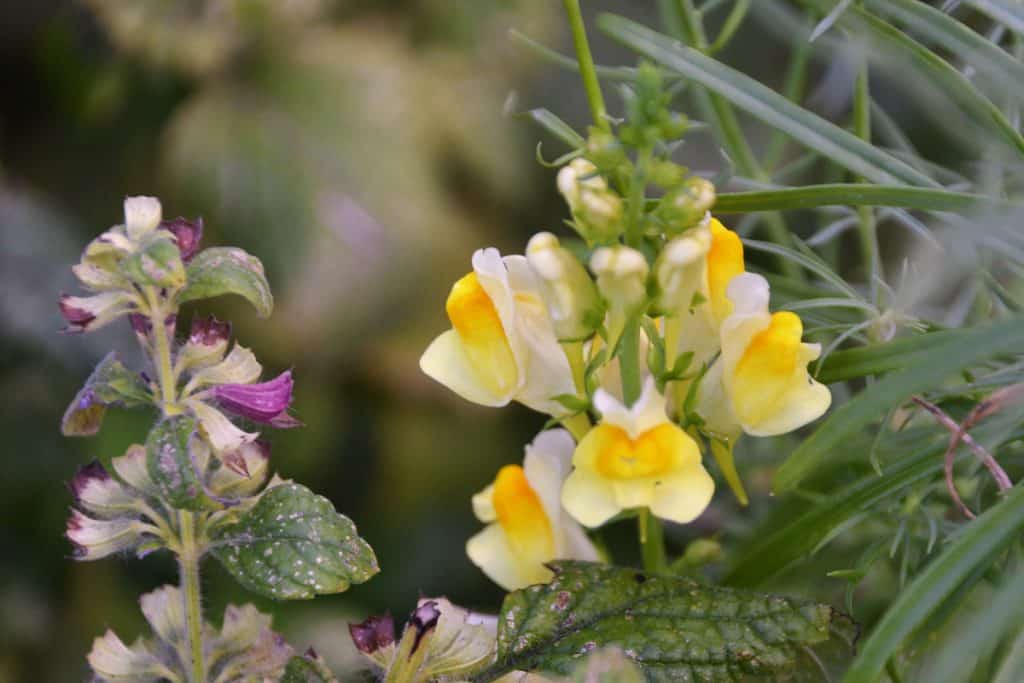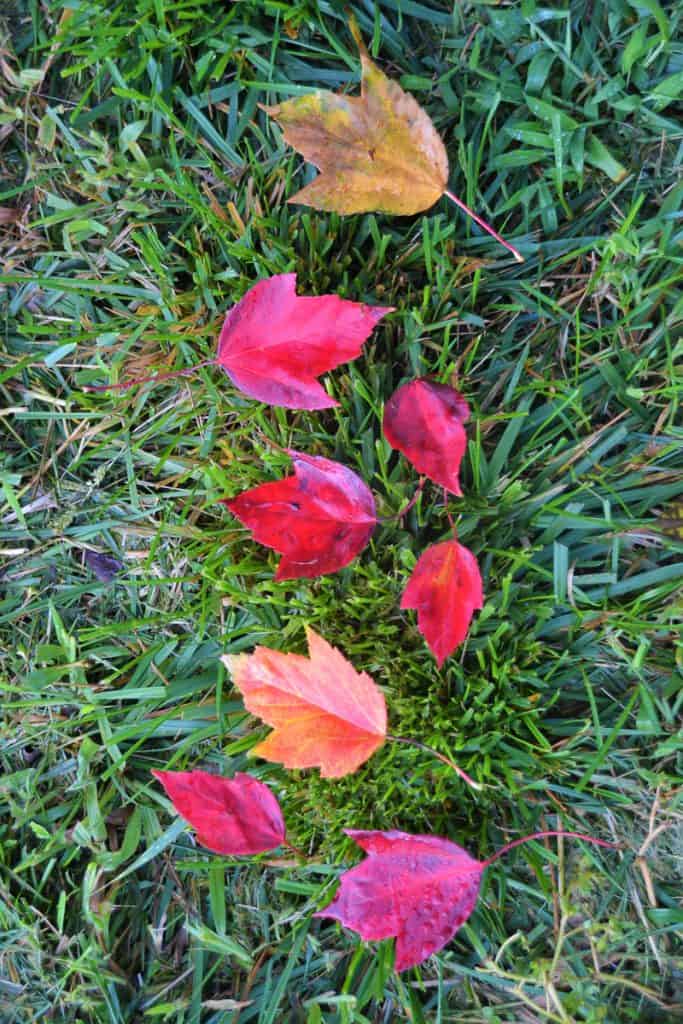Here’s what’s blooming in town this week to make your walks more enjoyable
The Topsfield Fair starts today, and pumpkins will be judged. The phenological phenomenon that always tells me it’s Topsfield Fair time is brilliant fall color on the poison ivy (Toxicodendron radicans). Generally, this native plant is not a favorite, but its fall color can certainly be appreciated from a safe distance. Beautiful as it may appear right now, it is wise to keep clear of it. Whether or not leaves are present, you can still experience the unpleasant allergic reaction from its sap.
When we wake up tomorrow it will be October! Trees are still mostly green, but here and there some are beginning to turn. Red maples (Acer rubrum) and sugar maples (Acer saccharum) are among the native trees that have begun to look like fall. Farther north, these trees are already close to peak color. Both species are renowned for their brilliant fall foliage. Despite red maple’s name, its leaves can turn orange and yellow as well as red. Sugar maple most often turns orange, or combinations of reddish orange and yellow.
In the 18th and 19th centuries, sugar maples were often planted as street trees, but once streets began being salted in winter, they did not thrive in these locations. Sugar maples are more common in the White Mountains and other parts of northern New England. For much of the 20th century the very salt tolerant Norway maple (Acer platanoides) was used as a street tree to replace our native maples. Norway maple is indeed more tolerant of salt and other deicing chemicals, but it is also invasive, and due to their being overused they have become susceptible to some tree diseases that make them less suitable for urban sites. Norway maples can no longer be sold in Massachusetts. We still see mature specimens that were planted when they were more popular, but we also see seedling trees at the edges of the woods and in many backyards.
Red maple is somewhat more tolerant of salt. It is a very popular shade tree and is so tolerant of damp and flooded locations that one of its common names is swamp maple. Since it is one of the few trees that can actually survive with its roots underwater after storms, it surprises many people to find that it also grows well in much dryer locations, such as adjacent to paved roads and on steep and rocky mountain slopes.
Among the flowers still blooming is butter-and-eggs (Linaria vulgaris), a very common flower introduced from Eurasia. It can now be found in sunny areas all over North America. Despite being considered a weed, the blossom has many charms. It has a “sunny side up” look with a curved orange center of fused petals surrounded by pale yellow petals, and a pale yellow spur at the back of the flower. It has many other common names, including yellow toadflax, false flax, flaxweed, wild snapdragon, bread and butter, brideweed, bridewort and lion’s mouth. For many years this genus was included in the figwort family (Scrophulariaceae) but it was moved to the plantain family (Plantaginaceae) along with close relatives, such as snapdragons (Antirrhinum spp.) and foxgloves (Digitalis spp.). It is a favorite with some pollinators, such as hummingbird moths and bumblebees, which can force the petals apart (the orange mark serves as a nectar guide) to reach the pollen and nectar hidden inside. The leaves are narrow and light green, somewhat resembling flax (Linum usitatissimum), which is used for making linen, which is why some of the common names and even its genus name refers to flax. You won’t find it in nurseries, but it often comes up on its own in sunny garden beds, along roadsides and highway medians and in other disturbed soils.
Editor’s Note: Laura Eisener is a landscape design consultant who helps homeowners with landscape design, plant selection and placement of trees and shrubs, as well as perennials. She is a member of the Saugus Garden Club and offered to write a series of articles about “what’s blooming in town” shortly after the outbreak of the COVID-19 pandemic. She was inspired after seeing so many people taking up walking.









